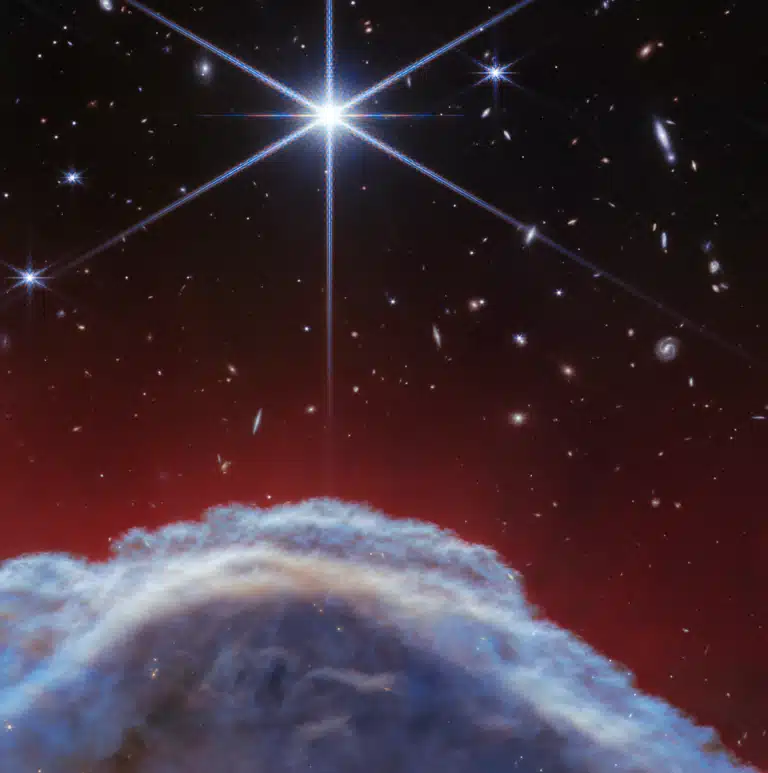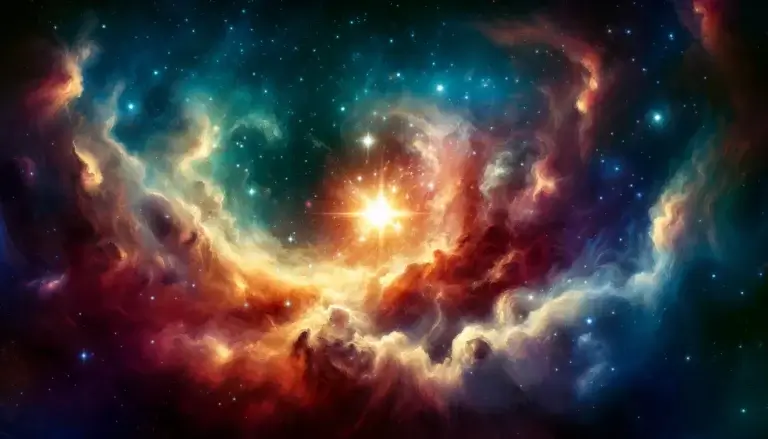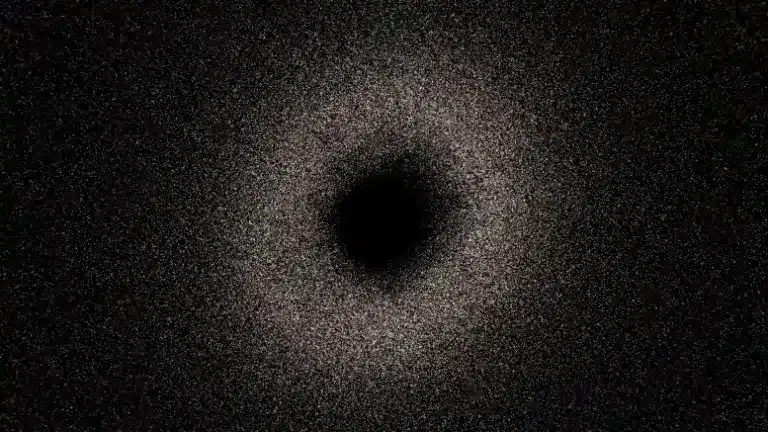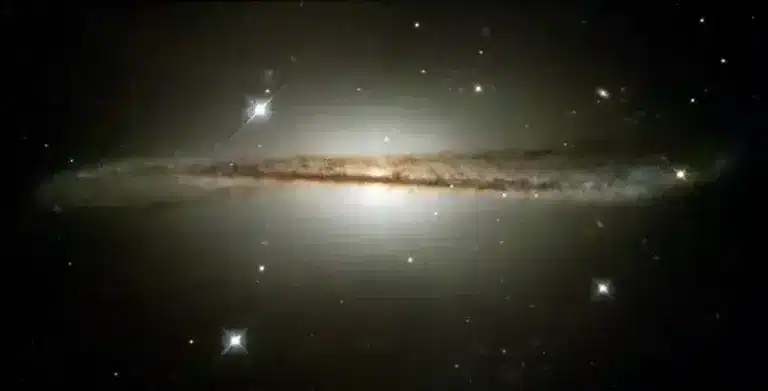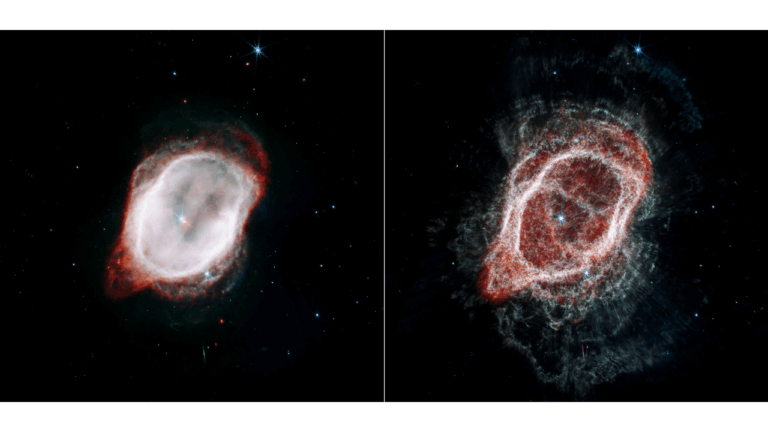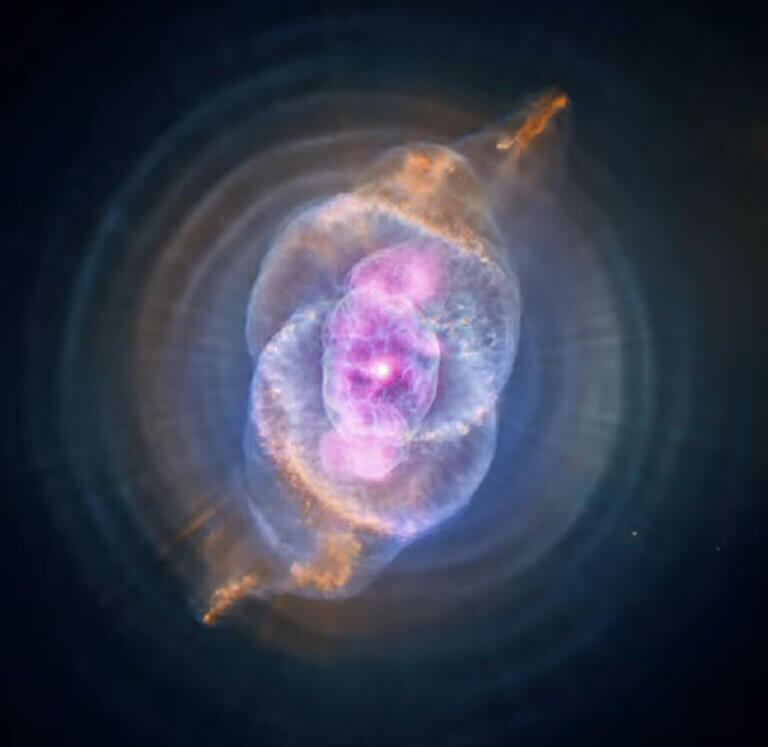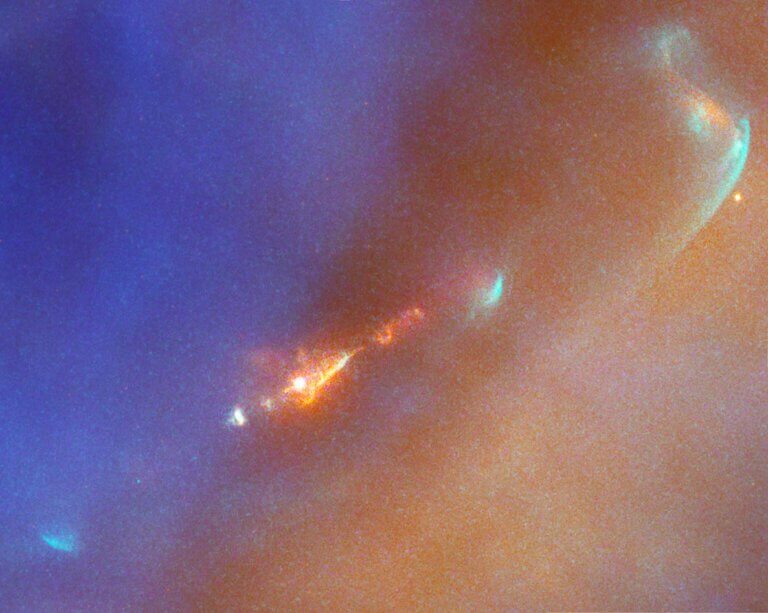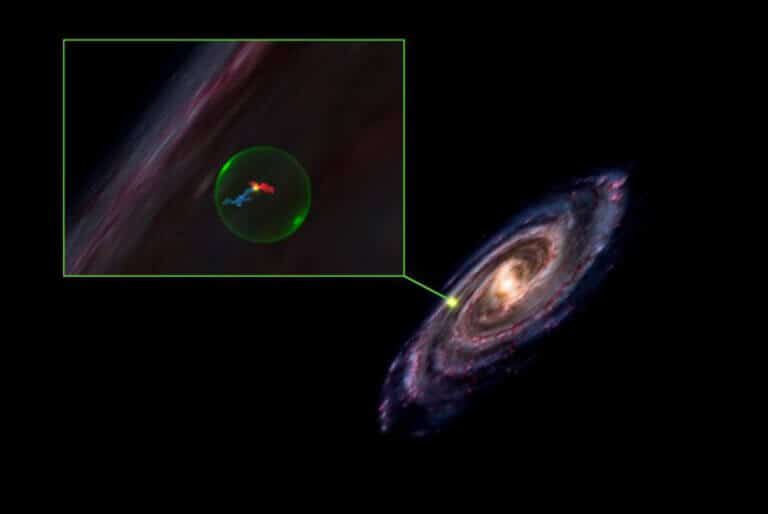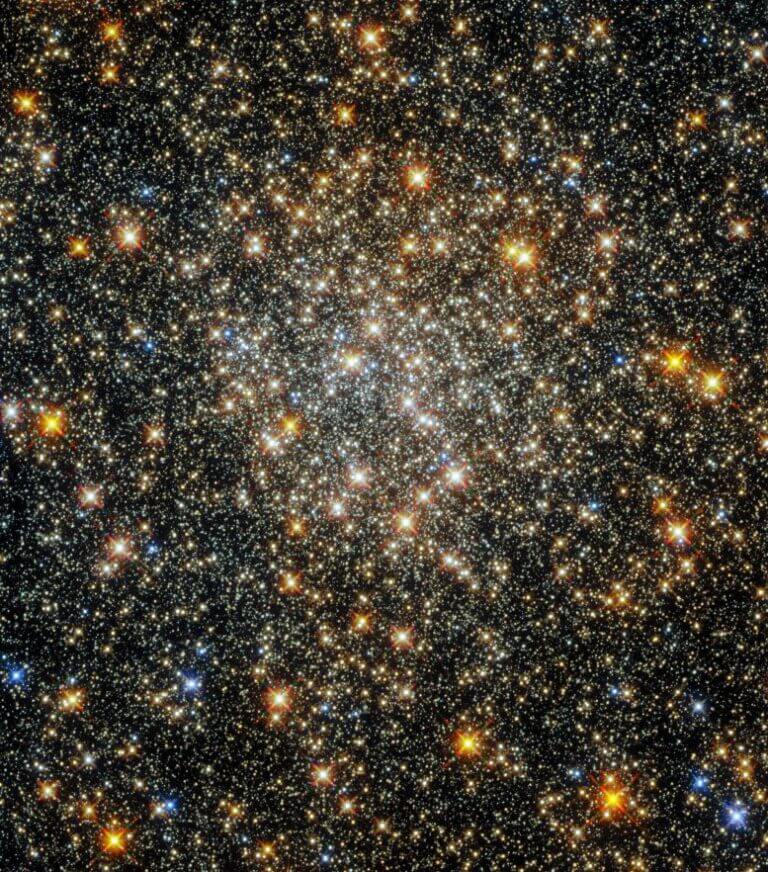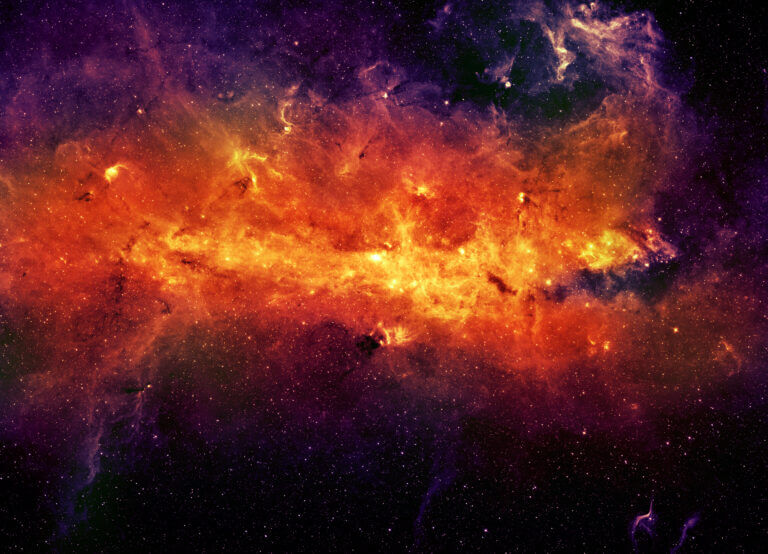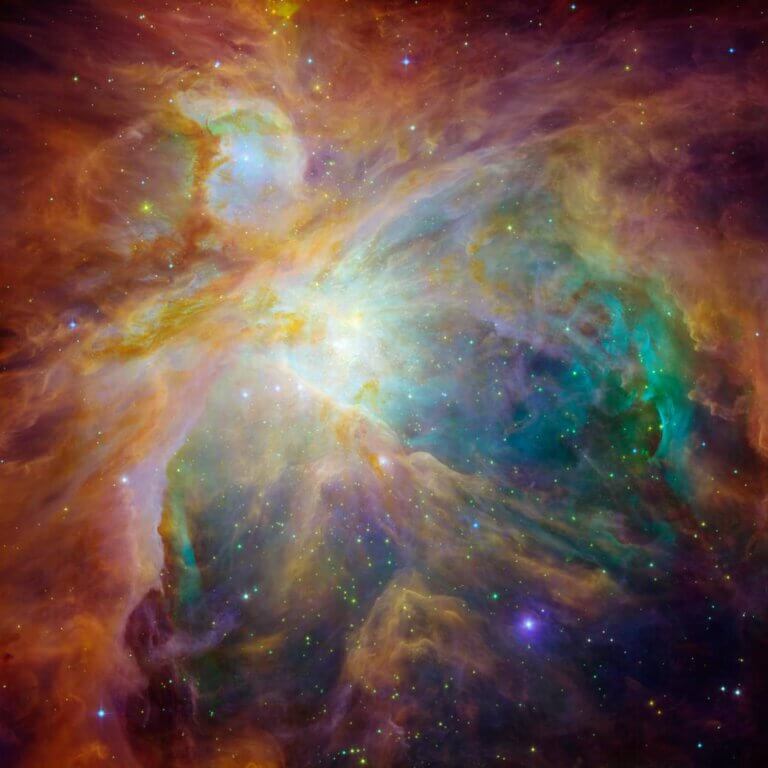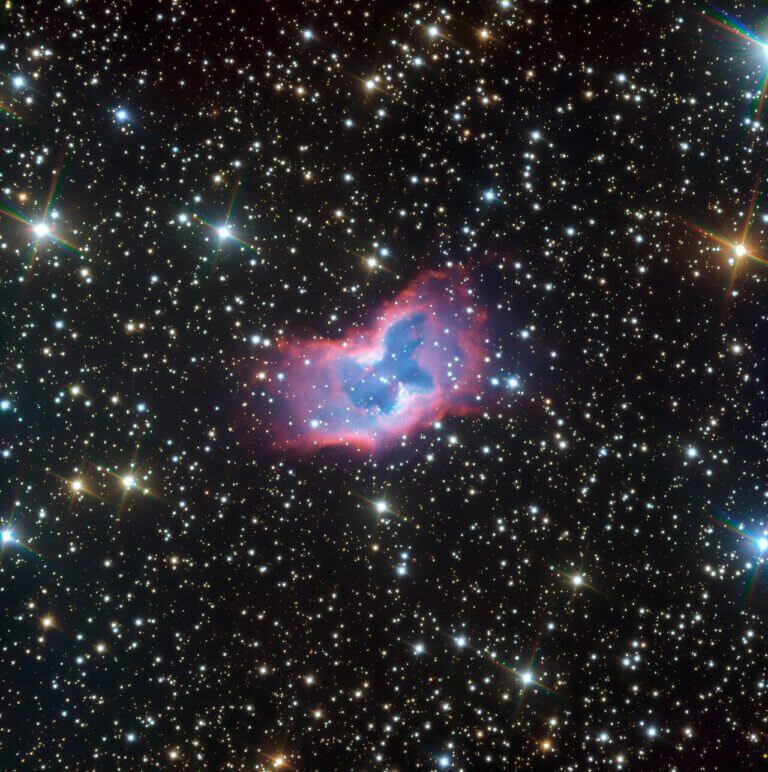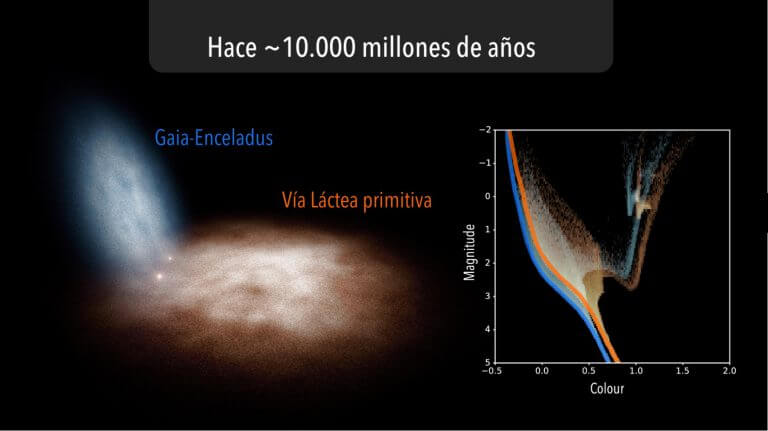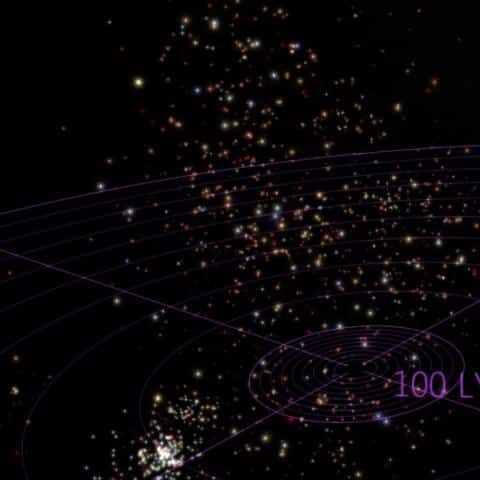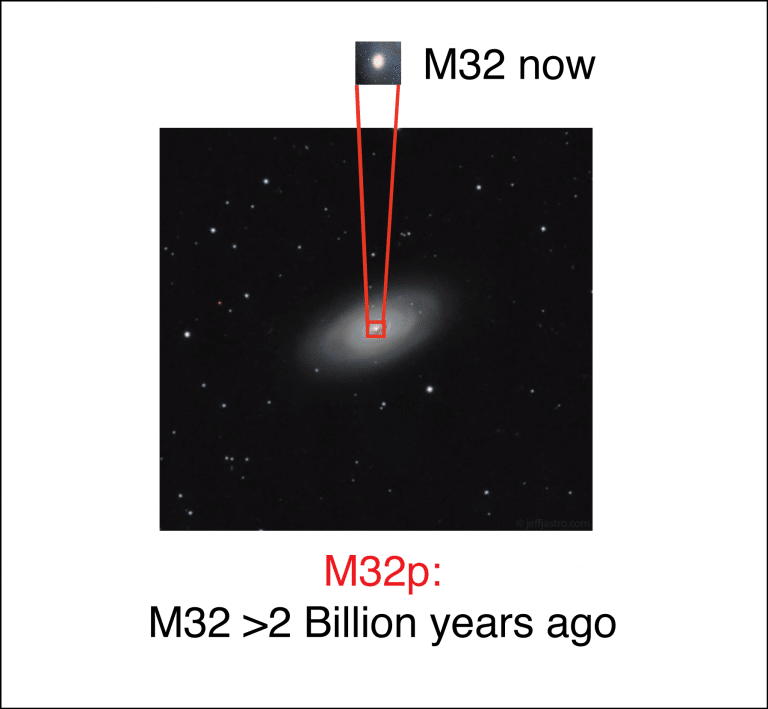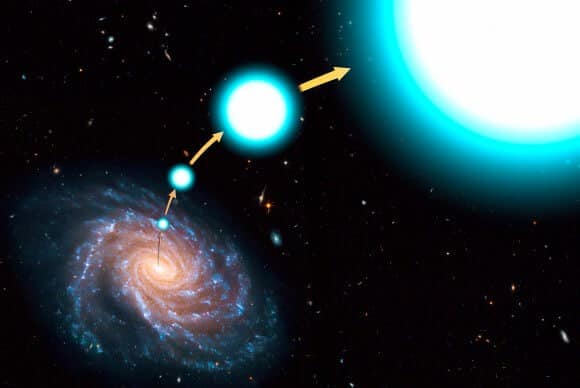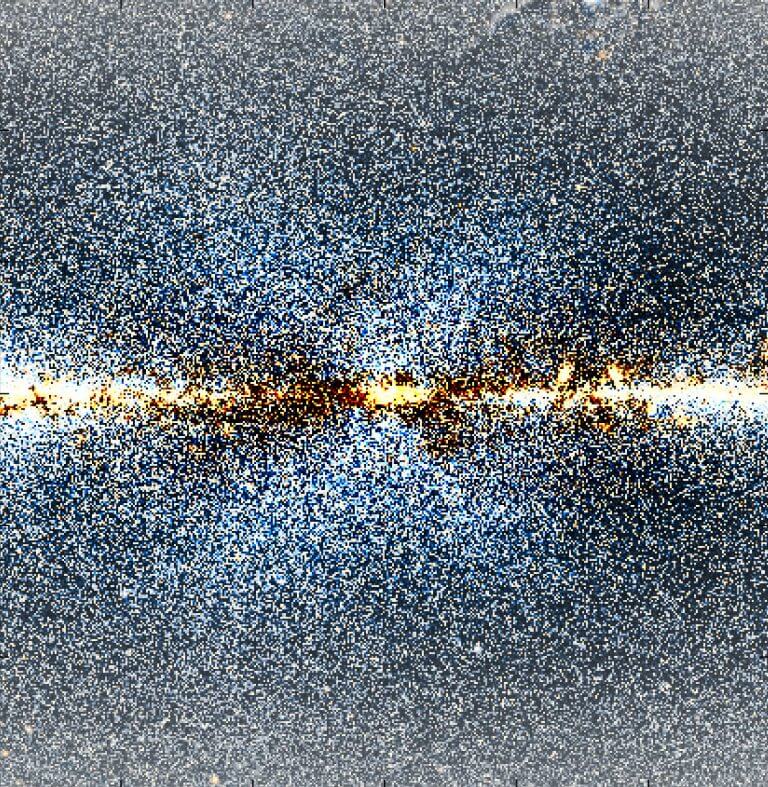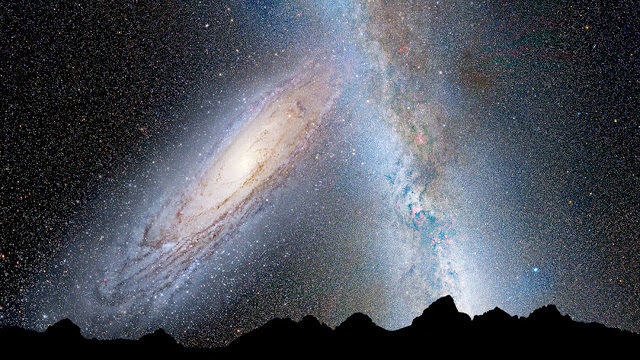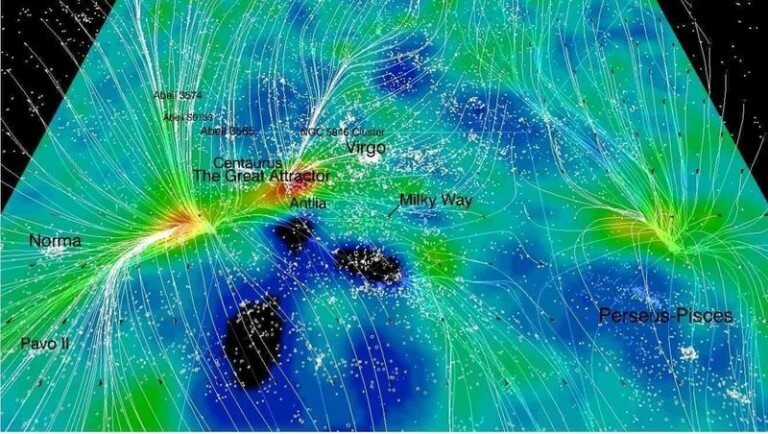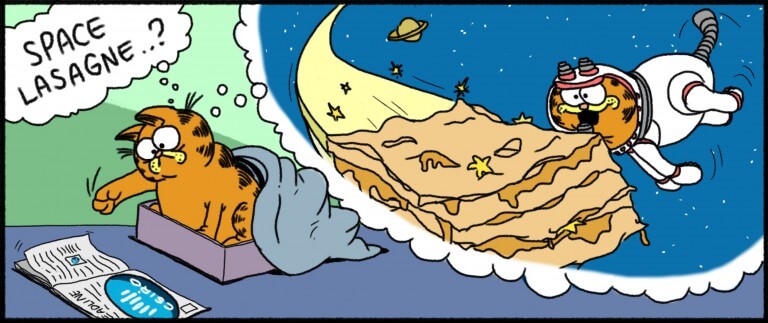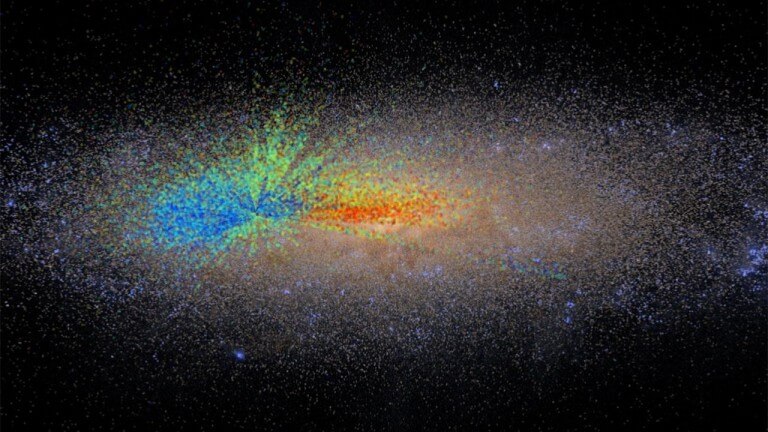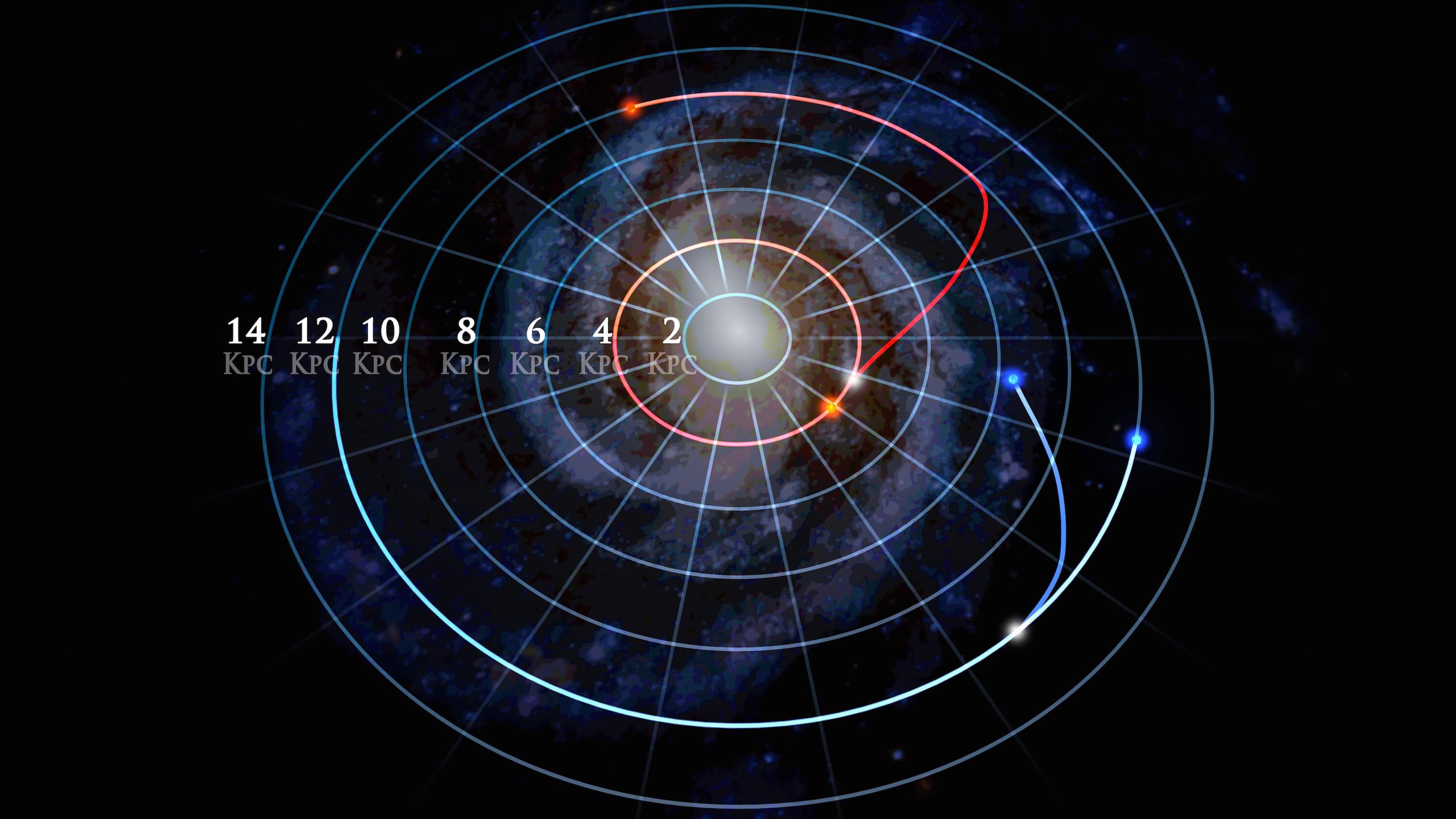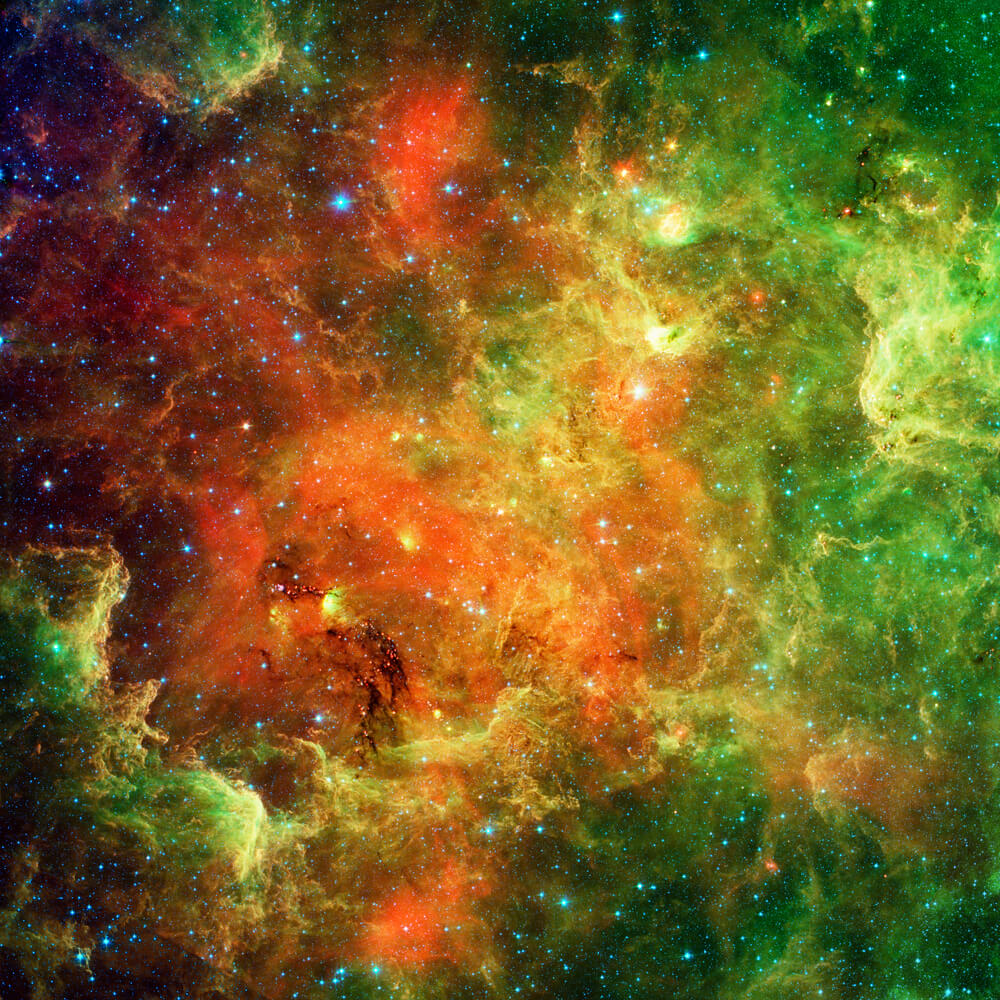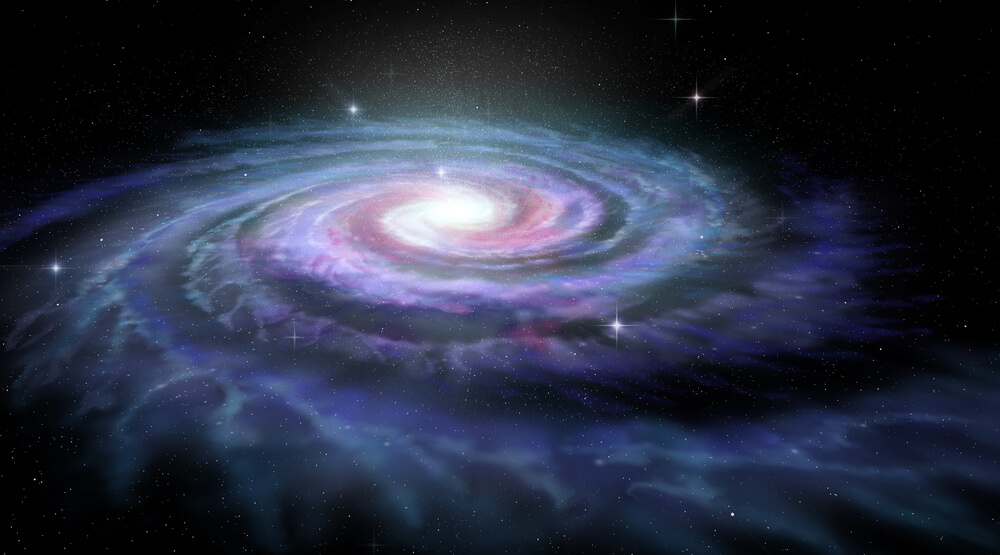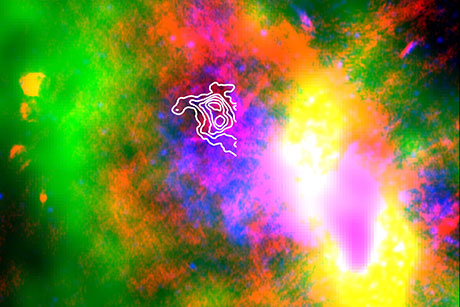Hayadan > Space and astronomy > Astrophysics > galaxies > The Milky Way
The Milky Way
- Avi Blizovsky
- May 1, 2024
- No comments
- The Voice of Science website - the Israel National Science Foundation
- April 2, 2024
In interstellar molecular clouds, large molecules can form despite the non-ideal conditions prevailing there
- Avi Blizovsky
- November 13, 2023
- 2 תגובות
The European Space Agency's Gaia mission discovered over half a million new stars, tagged 150,000 asteroids, and identified 380 cosmic lenses. These discoveries advance our understanding of the universe, setting the stage for the expected release of Gaia DR4 data in 2025
- Avi Blizovsky
- October 20, 2023
- 8 תגובות
The cause of this is a distorted dark matter halo
- The Technion
- December 16, 2022
- No comments
Researchers at the Faculty of Physics at the Technion present surprising discoveries regarding the development of the rings around the "Southern Ring Nebula"
- Avi Blizovsky
- October 1, 2022
- 2 תגובות
Astronomers have discovered rings with almost perfect symmetry in the Cat's Eye Nebula located about 3,000 light years from Earth
- Avi Blizovsky
- December 13, 2021
- No comments
Generally, the flow of such a jet coming out of a young star will only be seen when it collides with material around it, and creates bright shock waves that disappear when they cool, so they are difficult to observe
- Avi Blizovsky
- October 1, 2021
- 9 תגובות
The "hole" spans about 150 parsecs -- close to 500 light years -- and is in the sky between the constellations Perseus and Taurus (bull). The research team, which operates at the Center for Astrophysics Harvard and the Smithsonian, believe the hole was created by supernovae that exploded about ten million years ago
- Avi Blizovsky
- September 24, 2021
- One response
- Avi Blizovsky
- September 13, 2021
- No comments
It's not a fast radio burst, a pulsar, or a low-mass star that flares up every now and then. It is the radiating body in the radio field only for a few weeks, disappears at once, and returns again after a while. The researchers seek to understand what it is
- Avi Blizovsky
- January 10, 2021
- One response
Gaseous swirls of hydrogen, sulfur and hydrocarbons cradle a collection of baby stars in this composite image of the Orio Nebula as seen by the Hubble Space Telescope and the Spitzer Space Telescope
- Avi Blizovsky
- August 4, 2020
- 3 תגובות
- Avi Blizovsky
- July 28, 2019
- 6 תגובות
- Avi Blizovsky
- August 29, 2018
- No comments
- Avi Blizovsky
- August 5, 2018
- 4 תגובות
- Avi Blizovsky
- September 17, 2017
- 2 תגובות
- Avi Blizovsky
- August 1, 2016
- 3 תגובות
- Dr. Dana Baram
- June 19, 2016
- 5 תגובות
- Dr. Dana Baram
- February 11, 2016
- 15 תגובות
- Avi Blizovsky
- January 25, 2016
- 7 תגובות
- You found Simon
- January 18, 2016
- 90 תגובות
- Avi Blizovsky
- August 16, 2015
- 14 תגובות
- Avi Blizovsky
- July 25, 2015
- 2 תגובות
- Avi Blizovsky
- May 3, 2015
- 73 תגובות
- Avi Blizovsky
- April 6, 2015
- 3 תגובות

